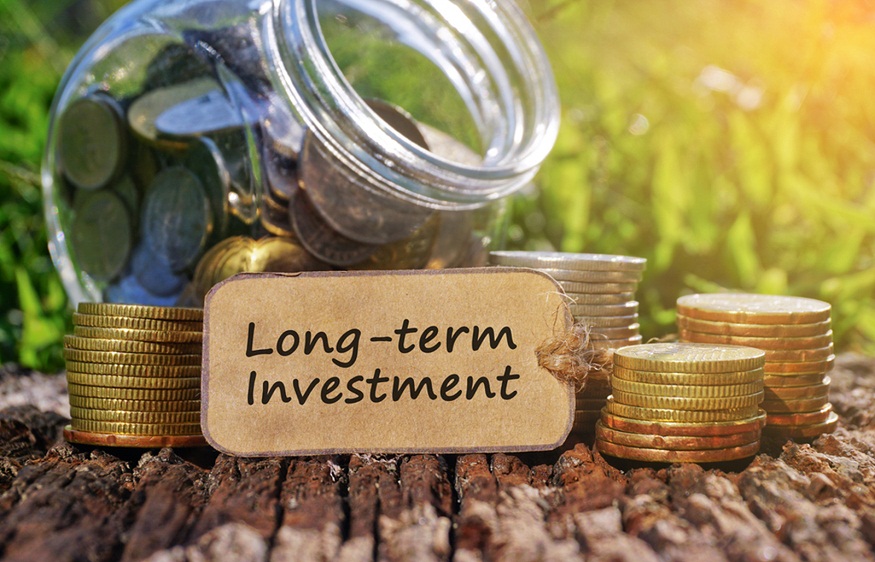The Role of Dividends in a Long-Term Investment Strategy
When people think about investing, their minds often jump to growth stocks, fast-moving markets, or the excitement of finding the next big opportunity. For those who seek stability, consistency, and sustainable wealth building, dividends play a crucial role in shaping a successful long-term investment strategy.
Dividends are more than just regular payouts from companies—they are a reflection of financial strength, corporate discipline, and investor reward. Understanding their place in a portfolio can help investors balance risk, generate passive income, and steadily grow wealth over time.
Why Dividends Matter in Investing
Dividends are cash payments made by companies to their shareholders, usually on a quarterly or annual basis. They are often seen as a signal of corporate health because companies that consistently pay dividends demonstrate financial resilience and stable earnings. For investors, these payouts represent a tangible return on investment beyond stock price appreciation.
Over decades, dividends have proven to be a powerful force in wealth accumulation. In fact, research shows that a significant portion of long-term stock market returns comes from dividends and their reinvestment. When investors reinvest dividends back into purchasing additional shares, they benefit from the compounding effect—earning returns on both their original investment and the reinvested dividends. This compounding is one of the most effective ways to grow wealth steadily without relying solely on market timing or speculative bets.
The Stability Factor: Dividends in Market Volatility
Markets fluctuate—sometimes dramatically. While stock prices rise and fall in response to economic cycles, global events, and investor sentiment, dividends tend to remain more stable. Many companies, especially in sectors like utilities, consumer staples, and healthcare, prioritise maintaining or even increasing dividends regardless of short-term market turbulence.
This reliability provides a cushion for long-term investors. During periods of volatility, receiving consistent dividend income can ease the psychological strain of watching portfolio values fluctuate. Instead of worrying solely about unrealised gains or losses, investors gain reassurance from knowing that part of their return is locked in through steady cash payouts.
Dividends as a Source of Passive Income
Another major advantage of dividends is the income they generate. For many investors, especially retirees, dividend-paying stocks act as a reliable source of passive income. Unlike selling shares, which reduces ownership, dividend income allows investors to reap financial rewards while still holding onto their investments.
The best dividend strategies focus on sustainability rather than chasing the highest yields. Companies with a strong track record of maintaining or increasing dividends—often called “dividend aristocrats”—tend to provide stable returns and are less likely to cut payouts during tough times.
By carefully selecting these companies, investors can build an income-generating portfolio that complements other long-term goals, such as retirement planning or funding future expenses.
Dividends and the Compounding Effect
One of the most powerful ways to potentially maximise dividend investing is through reinvestment. Instead of taking dividend payouts as cash, many investors choose to automatically reinvest them to purchase additional shares. Over time, this process accelerates portfolio growth through compounding.
For example, an investor who owns shares of a dividend-paying company will not only benefit from potential stock price appreciation but also from an increasing number of shares as dividends are reinvested. The more shares they own, the more dividends they receive, which in turn buys more shares. This self-reinforcing cycle builds significant wealth over the long run.
Dividends in a Long-Term Investment Strategy
Incorporating dividends into a portfolio requires balance. While growth stocks may offer higher potential capital appreciation, dividend-paying stocks bring stability and consistent returns. Combining both can create a well-rounded portfolio that aligns with different stages of an investor’s financial journey.
For those learning how to structure a portfolio, it’s important to see dividends not as a standalone strategy but as part of a bigger picture. Building a sustainable long term investment plan often means blending dividend-paying companies with growth opportunities, bonds, and other asset classes. The goal is to create a diversified portfolio that reduces risk while steadily growing wealth over time.
Key Considerations When Choosing Dividend Stocks
While dividends offer many advantages, investors should carefully evaluate potential dividend-paying companies. Important factors include:
- Payout ratio: A company’s payout ratio shows how much of its earnings are being distributed as dividends. A very high ratio may signal risk if earnings decline.
- Dividend growth history: Companies with a track record of increasing dividends over time are often more reliable.
- Financial health: Strong balance sheets and stable cash flow are essential for consistent dividend payments.
- Industry dynamics: Certain sectors, like utilities or consumer goods, are traditionally dividend-friendly, while others may prioritise reinvestment for growth.
By analysing these factors, investors can make informed decisions and avoid potential pitfalls, such as dividend cuts or unsustainable yields.
Conclusion
Dividends may not generate headlines like fast-growing tech stocks, but their role in building long-term wealth is undeniable. They provide stability during market volatility, generate reliable passive income, and harness the incredible power of compounding when reinvested. For investors committed to a disciplined, patient, and sustainable strategy, dividends serve as both a financial and psychological anchor.
Incorporating dividend-paying stocks into a long-term investment plan ensures that growth is not dependent on speculation alone. By blending income generation with capital appreciation, investors can create a portfolio that weathers market cycles and steadily builds wealth for years to come.


